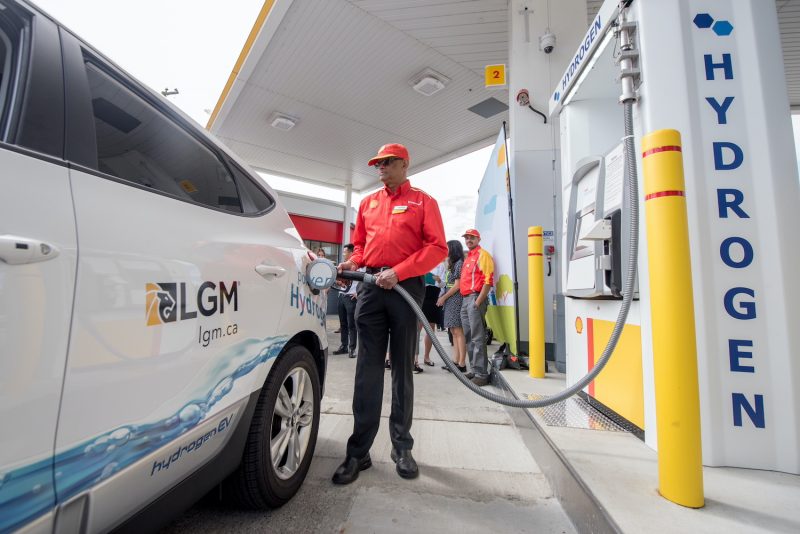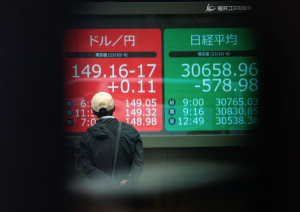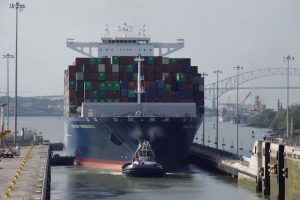Barcelona-based Naturgy is pushing Europe’s clean hydrogen development even further than projected, leaving Asian-Pacific nations in its wake.
On February 18, the energy company presented a project proposal to the Spanish government to build 38 hydrogen refuelling stations scattered across the country. A proposed second stage would see as many as 120 hydrogen refuelling stations completed.
The first stage includes 20 stations with on-site hydrogen production through an electrolyser or an external plant, while the remaining 18 stations will receive the fuel by truck. The company has earmarked its first 38 hydrogen fuel stations to be operational before 2025.
Read more: Top Glove set to grab momentum of Covid boom for $1.9bn listing
Naturgy’s hydrogen ambitions come as the rest of Spain also puts in place a major green hydrogen infrastructure build-out. For the month of February, over 540MW worth of electrolyser capacity was developed in the country, with more to follow soon, an ICIS report said on Monday.
This follows the February 4 establishment of an international consortium of 40 organisations from Spain, Germany, Switzerland, Italy and Greece that launched an initiative to incorporate renewable hydrogen into the ceramics industry in Europe.
The planned large-scale pilot plant will be deployed near Castellon, in eastern Spain, in one of Europe’s integral ceramic industrial clusters.
Electrolysers should be operational by early 2024 if funding comes through.
CONSORTIUM PLAN
Another consortium of 30 French, Spanish, Italian and German companies to produce green hydrogen from solar energy, at a cost the groups claims will be similar to fossil fuels, was also put in place on February 11.
The project, appropriately dubbed the HyDeal Ambition, plans to produce 3.6 million tonnes of green hydrogen per year for energy, industry and mobility sector end-users using gas transmission and storage networks.
The group of companies, including McPhy Energy, Enagás, OGE, Snam and others, plan to build some 93 gigawatts (GW) of solar power plants and 67GW of electrolysis capacity in Spain, France, and Germany before 2030 – an ambitious plan given its time horizon.
Fuel costs are projected to come in around ?1.5 ($1.82) per kg, which includes transmission and storage costs. The project’s first phase, with a 2022 completion date, will be located in the Iberian Peninsula, bordering both Spain and Portugal.
CARBON GOALS
As such, Europe is taking an early and substantial lead over the rest of the world in its green hydrogen build-out, with a knock-on effect of helping several European nations possibly reach their 2050 carbon neutral goals early.
Most countries in the Asia-Pacific region however – home to the world’s second and third largest economies, China and Japan, the world’s two most populous nations, China and India, and representing nearly 60% of global population – has been slow to initiate a clean hydrogen pivot.
There are several reasons for its tardiness. First, though green hydrogen can be produced without any greenhouse gas (GHG) emissions, in most parts of the world it is still more expensive that power generated by traditional fossil fuels. Coal still makes up around 40% of most Asian countries’ energy mix.
Hydrogen is also still more costly than both solar and wind, while economies of scale could still be a number of years away, depending on whose financial modeling forecast you use.
HYDROGEN PIVOT
China, the world’s largest GHG emitter by far, failed to announce a clean hydrogen development plan in its most recent and controversial renewables draft proposal released in early February. However, state-run oil and gas major Sinopec, China’s largest oil, gas, and chemical giant in terms of revenue, just announced a clean hydrogen pivot.
The energy giant aims to build as many as 1,000 hydrogen refuelling and retail outlets, in addition to 7,000 distributed solar power generation stations by 2025. However, Sinopec will produce blue hydrogen, which is still produced by fossil fuels, but uses carbon capture storage technology (CCS) to trap emissions.
Given China’s energy appetite as the world’s largest oil and gas consumer, its other oil majors need to follow Sinopec’s lead, while Beijing needs to implement a major clean hydrogen pivot to help the country meet its carbon neutrality goal by 2060.
Japan and Australia, for their parts, have been leading the region in green hydrogen development, with Japan establishing global green hydrogen supply chains.
KOREA STEPPING UP
Now, South Korea is also stepping up its hydrogen game. This week, South Korean conglomerate SK Group said it aims to invest 18.5 trillion won ($16.5 billion) over the next five years to establish a domestic hydrogen energy industry.
Its subsidiary, energy company SK E&S, will invest 5.3 trillion won by 2025 to complete in South Korea the world’s largest clean hydrogen production base, the company said. The facility plans to produce 250,000 tonnes of cleaner hydrogen annually from liquefied natural gas (LNG) while storing emissions by CCS technology.
However, since the hydrogen will be produced by a fossil fuel it’s blue hydrogen instead of more eco-friendly green hydrogen.
























